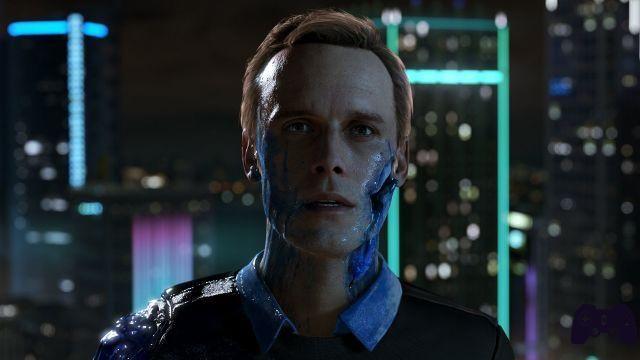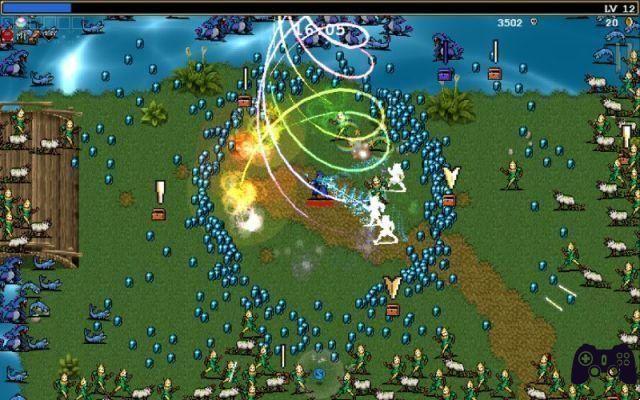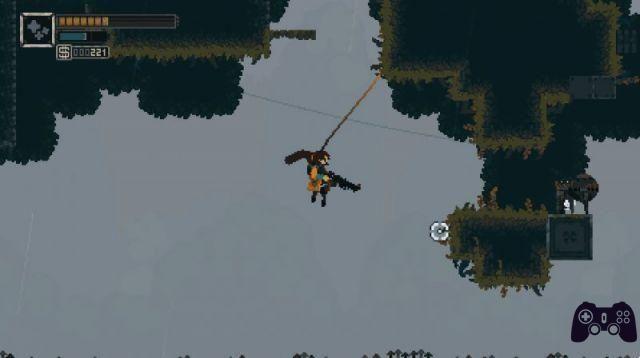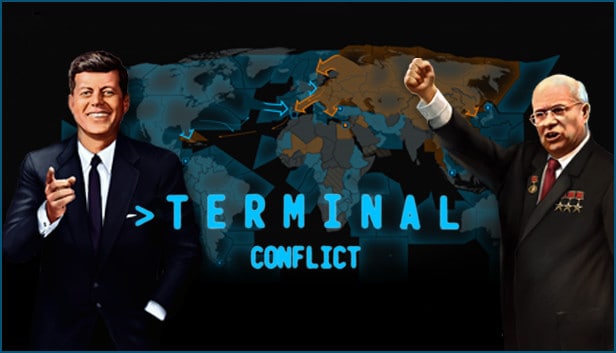
The common gamer does not appreciate tutorials. When I was young (let's say about fifteen years ago), I remember that before inserting the CD in the Playstation, I spent a good hour going through the instruction booklet. And by "booklet" I mean that paper slip placed inside the plastic packaging of the game. I was looking at the buttons, the interface, the lore of the game, the characters, their background, etc. Not now.
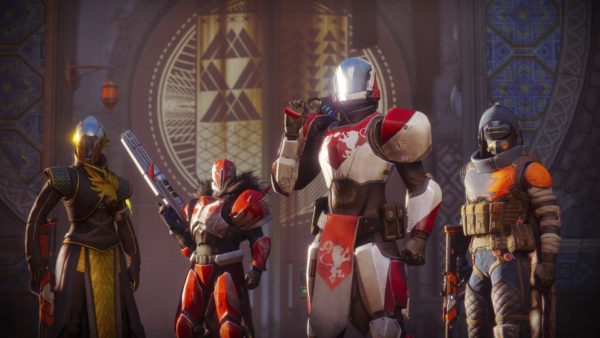
To learn more:
Destiny 2, an introductory guide on how to get started
Now I start the game and hit random buttons trying to figure out what their function is.
Nowadays only a few give importance to the instruction booklet and, all in all, I think it's better this way. Today's tutorials are integrated into the game: they take up the first few minutes of the play experience, sometimes even a few hours, and every now and then they become an integral part of the game. Playing Terminal Conflict is like embarking on a long and difficult tutorial. Each game is a different experience, where the player learns something new each time. Learning to play Terminal Conflict isn't easy, and I think that's what makes it fascinating.
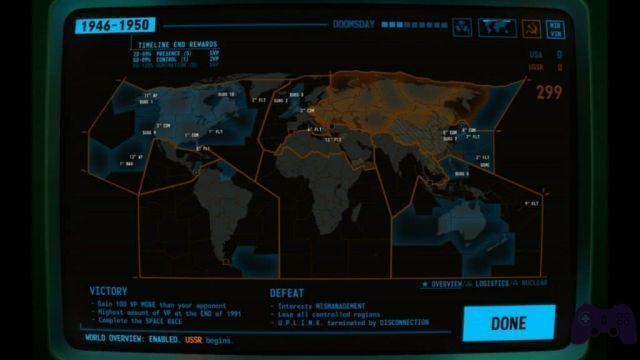
A serious thing, you can't take it lightly
During the first game of Terminal Conflict I dropped an atomic bomb in Russia and lost. Unfortunately, I did not understand that nuclear charges were an abominable solution to the cold war between the USA and the USSR and that the main objective of the game was to prevail over the opponent without causing a massacre. I could have easily understood all of this if I had paid attention to the tutorial.
Let's say that the Terminal Conflict tutorial is itself a game in itself: first of all, the player must spend a good amount of time experimenting with all the possibilities offered by the game, which are many, then you can move on to face a real battle .
A kind of board game
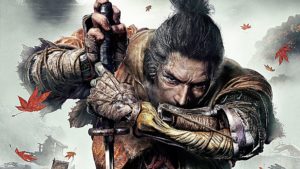
To learn more:
Sekiro is an easy game for masochists
Starting Terminal Conflict reminded me of those evenings when I opened a new board game with a few friends. The plan was to finish at least one game. Unfortunately, hours and hours passed before we were able to learn all the rules of the game and, inevitably, the game session was postponed to a few days in the future. Terminal Conflict works in much the same way, except for friends. You will only be able to invite one and he must have the game. Unfortunately, although there is a one-on-one online multiplayer function (you can choose whether to check the United States or the Soviet Union), I could not find any online challengers. Perhaps the people are not yet ready to face me in a world war. Or maybe they are not used to going through a tutorial phase of about two hours (if you are as smart as me, otherwise even more).
Playing Terminal Conflict is like embarking on a long and difficult tutorial
A compromise between difficulty and variety
I don't want to lie to anyone. Terminal Conflict is a complex game, sometimes so intricate as to be frustrating. Learning the main dynamics of the game will take about two hours of your time, understanding all the nuances will absorb you for days. Obviously the excessive complexity of the game presents a huge problem: most players could shelve the game even before finishing their first game. However, once I have overcome this first obstacle (which for me was not at all tiring), Terminal Conflict offers a huge amount of material to indulge in. On the other hand, every game has its own charm, even the ugliest. And Terminal Conflict is definitely not a bad game.
Terminal Conflict is a complex game, sometimes so intricate as to be frustrating
A strategic one on the cold war
Towards victory
A game will last a long time, in some cases even hours. There are three ways to win: outclass the opponent by 100 victory points more than him, win in the "space race", or wait until 1991 and hope to have collected more victory points than the opponent.
At the start of each game, the player chooses whether to control the US or the USSR. The game phases are divided into blocks of years, ranging from 1946 to 1991. During the various phases, events will happen to which the player will have to respond. Based on the answers given, further events may occur, or some parameters will vary. I learned the hard way that not taking any action against a smear campaign organized by Russian spies can lead to the collapse of a nation. "The more you know".
In every historical period, various leading figures who played a role in the Cold War may or may not be recruited, such as Fidel Castro, Mao Zedong and Margaret Tatcher. These can be useful to influence the surrounding regions, or, in some cases, even hinder you.
Furthermore, the player will have at his disposal various land, air and sea troops, each with their own abilities and peculiarities. Performing an air strike will often be a winning strategy for annihilating enemy armies, however only ground troops will be able to conquer the territory. War clashes have an apparently complicated but effective mechanics that need to be learned and honed slowly.
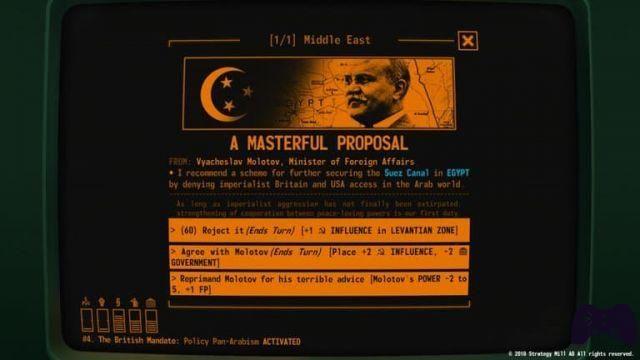
Popularity is not to be underestimated
There are many ways to win a game (and even more to lose it), as well as numerous parameters to consider.. However, I'm not going to detail them, otherwise what fun would it be to discover them? I will focus only on one of these, which is the "people" parameter. (ah, of course the game is entirely in English).
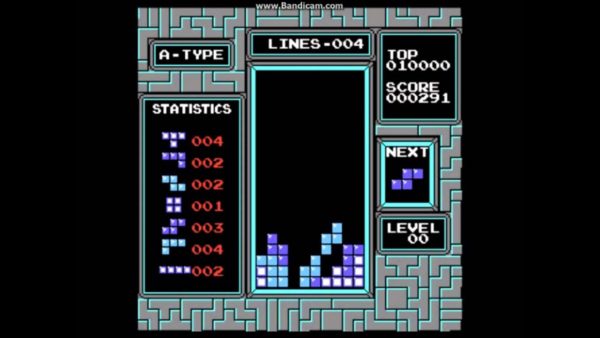
To learn more:
Can video games talk about politics?
Popularity is a key factor for a leader of a great nation. Having popular support, now as 70 years ago, is essential. To get it a leader must act on the hot issues, for all to see, not on the most important ones. Terminal Conflict penalizes players who act outside the focus of events (which in rotation can be in Asia, Western Europe, North America, etc.), although this type of action could lead to better results. Performing actions outside the focus decreases popularity.
A leader must act where most people are looking and not for the good of the country. It seems absurd, but if you think for a moment, just take a look at our politicians to understand that this is exactly how it works..
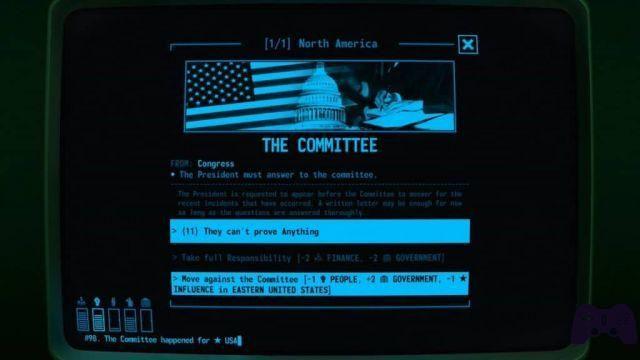
Terminal Conflict could be a bomb if you're willing to take on an eternal tutorial. Unfortunately, the fact that there are not enough players to take advantage of the multiplayer mode leaves a bit of a bad taste in the mouth. And that's a shame, because Terminal Conflict looks just like it was designed to be played pvp. Also because the mode against the AI after a few games stove.
After all, how am I supposed to have fun if I can't overwhelm another player?
Verdict 7/10 Nice tutorial, but where are the other players? Comment In short, Terminal Conflict is a nice strategy game set in the cold war. If you are a fan of this historical period, you will find a historically accurate and immersive game. If you are not interested in the genre, or you are not willing to waste some time learning the mechanics, forget it. The only big flaw: the multiplayer lobbies are empty. Pros and cons ✓ Historically accurate✓ Complicated strategic, but captivating
✓ Suggestive interface x Maybe too complicated
x Lack of players for pvp mode
x Challenging tutorial




